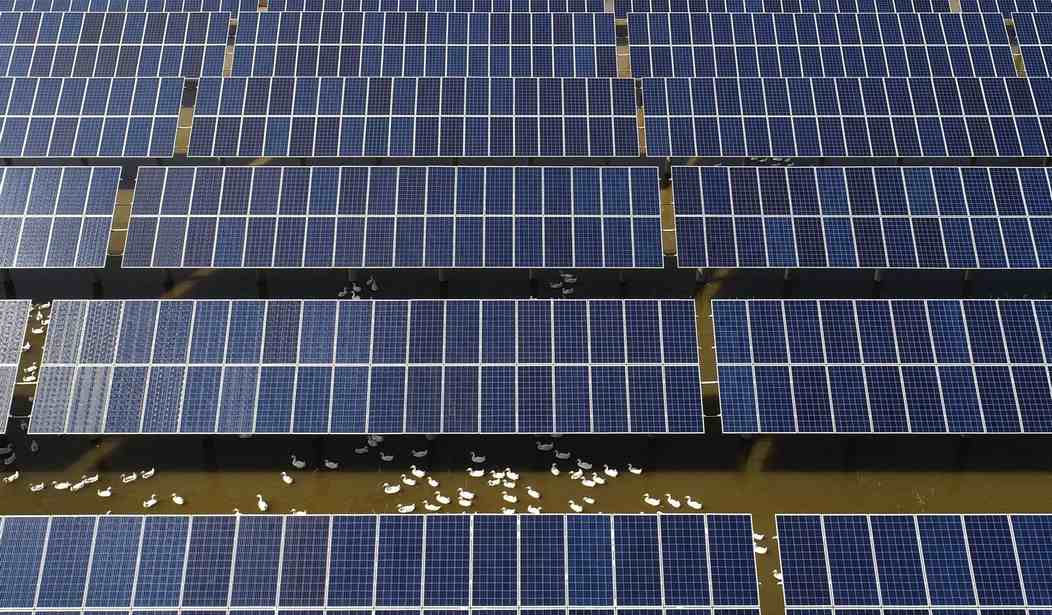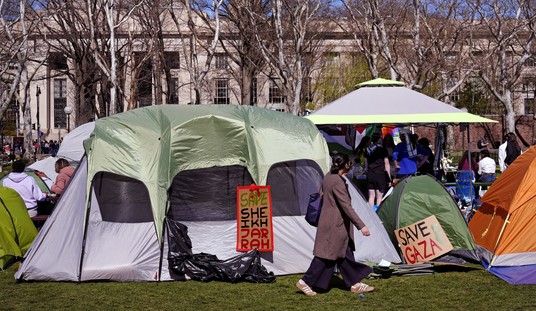Previews of what will happen when green energy fails are popping up all over the world. It’s not a pretty picture of the future.
Lessons from California, Texas, Europe, and Australia show that if the “Keep it in the ground” movement succeeds in stopping the use of fossil fuels, the world is worse off.
In 2021, I experienced firsthand the dangers of over reliance on wind and solar energy. Although there was plenty of blame to go around when the Texas power supply failed across much of the state during a bout of extreme cold weather that winter, the replacement of reliable coal-fueled power plants with industrial wind facilities bore the lion’s share of the blame. Driven almost entirely by politics, not market demand, wind and solar power now account for approximately 28 percent of Texas’ electric power supply.
Data from the Electric Reliability Council of Texas showed that five days before the first snowflake fell, wind and solar provided 58 percent of the state’s electric power. Then, clouds formed, temperatures dropped, and winds temporarily stalled, resulting in more than half the wind and solar power going offline in three days, never to return during the storm. The problems got even worse when the wind turbines froze and snow and ice covered solar panels.The shortfall of wind power at a critical moment largely doomed the grid.
As California’s power grid has grown ever “greener,” Californians have had to get used to rolling blackouts and brownouts each summer. With wind and solar replacing coal, natural gas, and nuclear on the grid, and electricity replacing natural gas for cooking, heating, and heating water, the system has become unreliable. When Californians need power most—during summer for air conditioning, and to charge those electric vehicles to get to work and go shopping on a normal day, or to escape from seasonal wildfires, the power goes out, leaving residents to swelter in the dark and hope the winds don’t blow the flames their way.
Recommended
California has the distinction of having simultaneously the nation’s worst air quality, among the highest gasoline and electric power prices, the most electricity generated by renewable sources, and the least-reliable electric power grid. The latter three points are a direct result of California’s green energy mandates.
Likewise, Europe has suffered from massive power outages in recent years.
Last year’s power failures were especially acute. As Reuters and other media outlets reported, weak winds across Europe last summer resulted in industrial wind facilities generating much less electricity than was expected and needed. Blackouts and forced factory shutdowns were common.
In Britain, weak or nonexistent winds resulted in turbines generating less than 10 percent of expected capacity on more than 65 days by the fall of 2021.
Then the second shoe dropped. Electric power from solar went into a sharp decline during late summer and early fall. In December, snowstorms covered huge solar arrays in England. Industrial solar provided less than 2 percent of expected power in December for days on end.
Commenting on Europe’s ongoing energy debacle, Ralph Schoellhammer, an assistant professor of international relations at Webster Vienna Private University in Vienna, toldNewsweek,“The current energy transformation in Europe is probably the greatest geopolitical blunder since World War II, the last time when misguided ideologies plunged millions of people into what can justifiably be called the darkest period of human history.”
Despite having abundant coal and one of the most reliable power systems in the world, Australia also jumped on the renewable energy bandwagon over the past decade. As is true everywhere else governments have forced this transition, power prices increased and reliability suffered.
As detailed at the website “Stop These Things,” in recent years Australians have suffered both higher prices and repeated power outages during heatwaves, with thousands of households and businesses being left without electricity. When the wind has flagged, Australia’s energy regulator imposed rolling brownouts and power cuts at certain industrial facilities to keep the entire grid from collapsing.
Meanwhile, China, India, and the rest of the developing world go their merry way building new coal power plants, growing emissions right along with their economies. China, India, Pakistan, and others do not share the West’s magical thinking about energy.
I don’t like forced austerity for foolish ends. There is no more foolish end than believing we can control the climate through our energy use. It is also idiotic to believe that a modern industrial economy can be run on wind, solar, and battery power.
H. Sterling Burnett, Ph.D.(hburnett@heartland.org)is the director of the Arthur B. Robinson Center on Climate and Environmental Policy at The Heartland Institute, a nonpartisan, nonprofit research center headquartered in Arlington Heights, Illinois.

























Join the conversation as a VIP Member